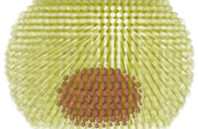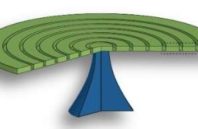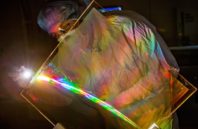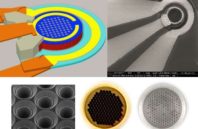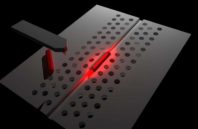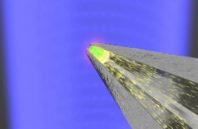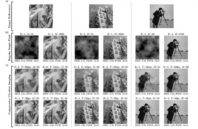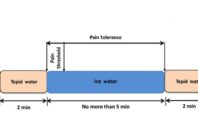In the past 10 years, the best-performing artificial-intelligence systems – such as the speech recognizers on smartphones or Google’s latest automatic translator – have resulted from a technique called “deep learning.” Deep learning is in fact a new name for...
Read more
Explained: Neural Networks
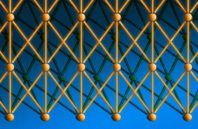

 (585) 768-2513
(585) 768-2513


